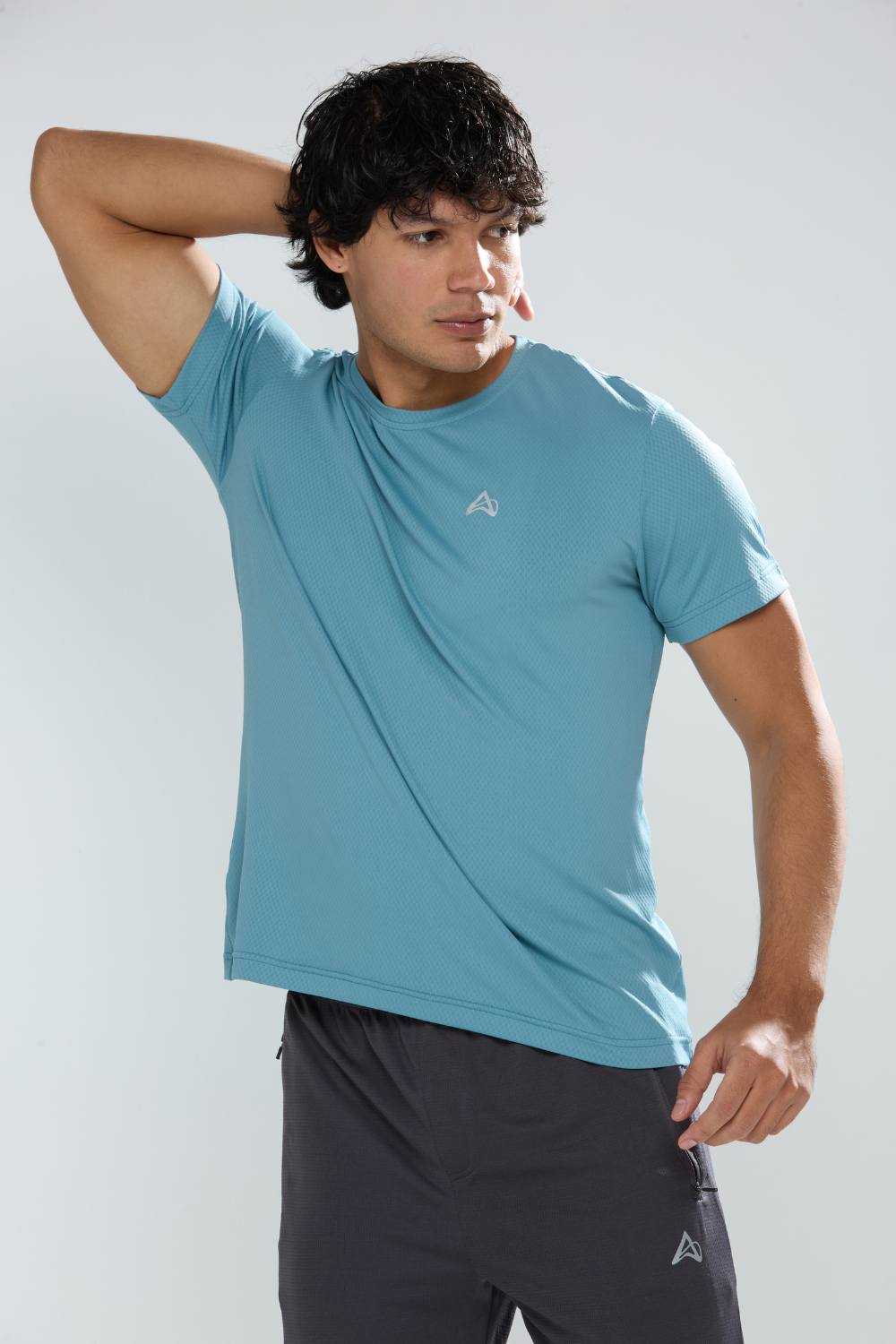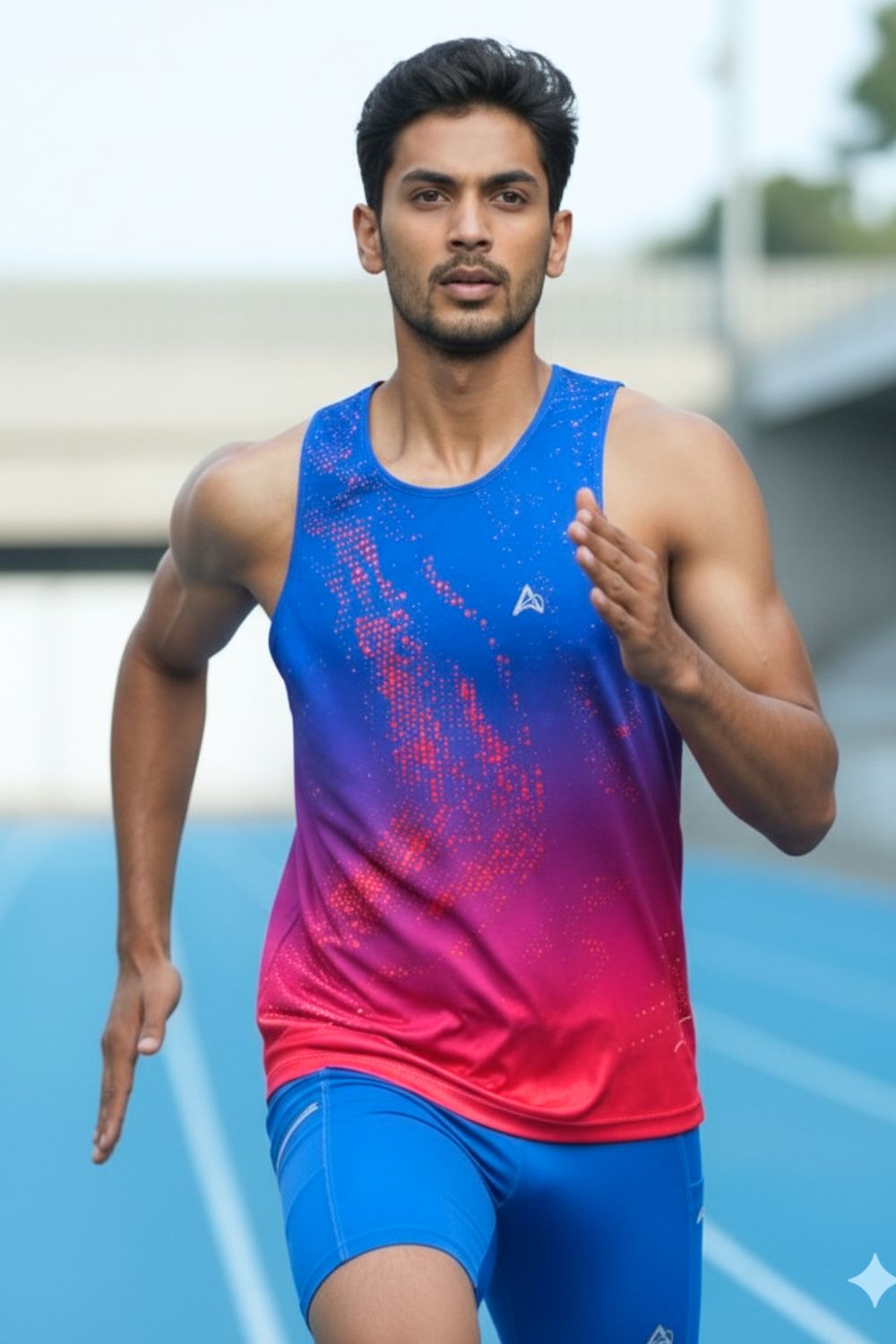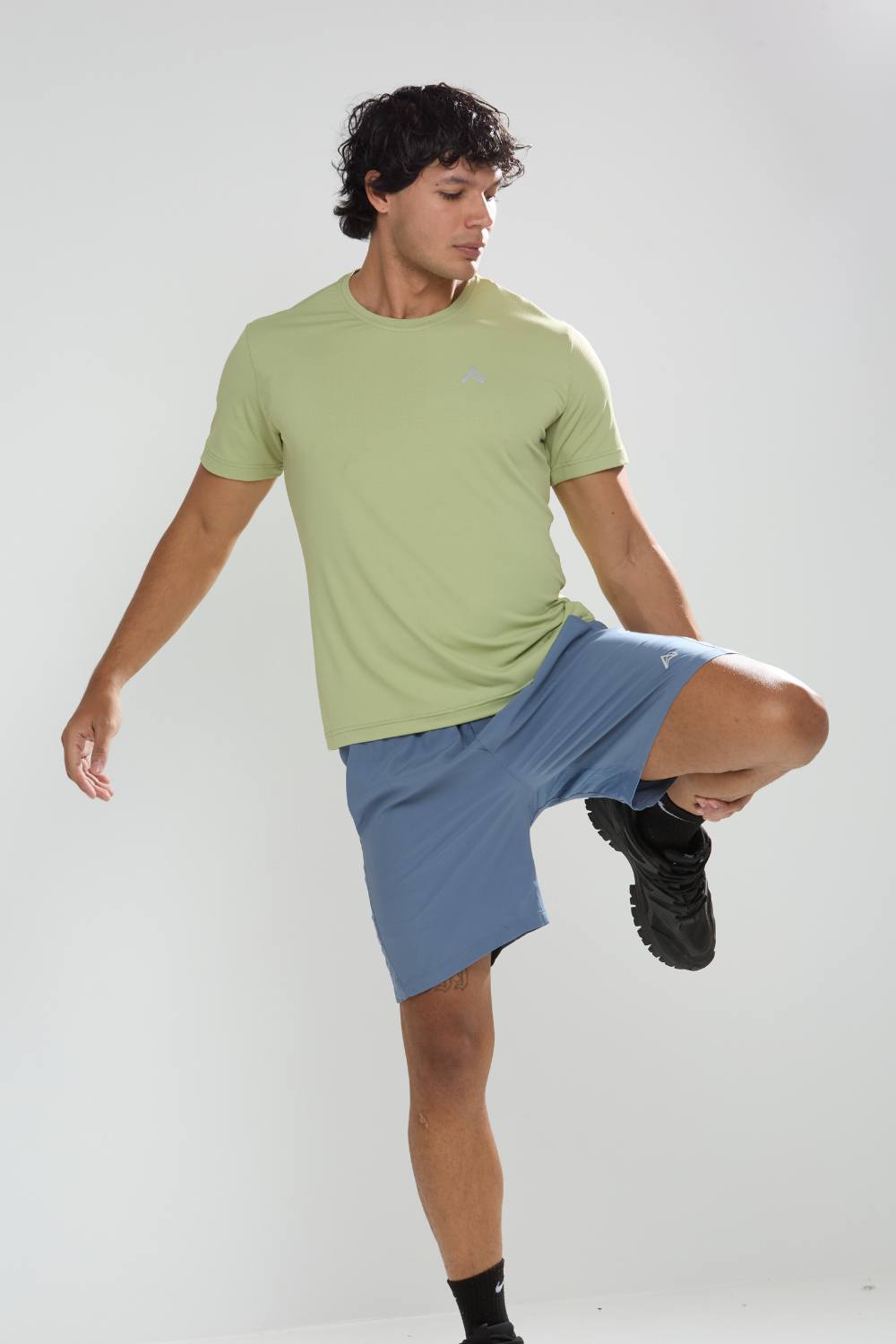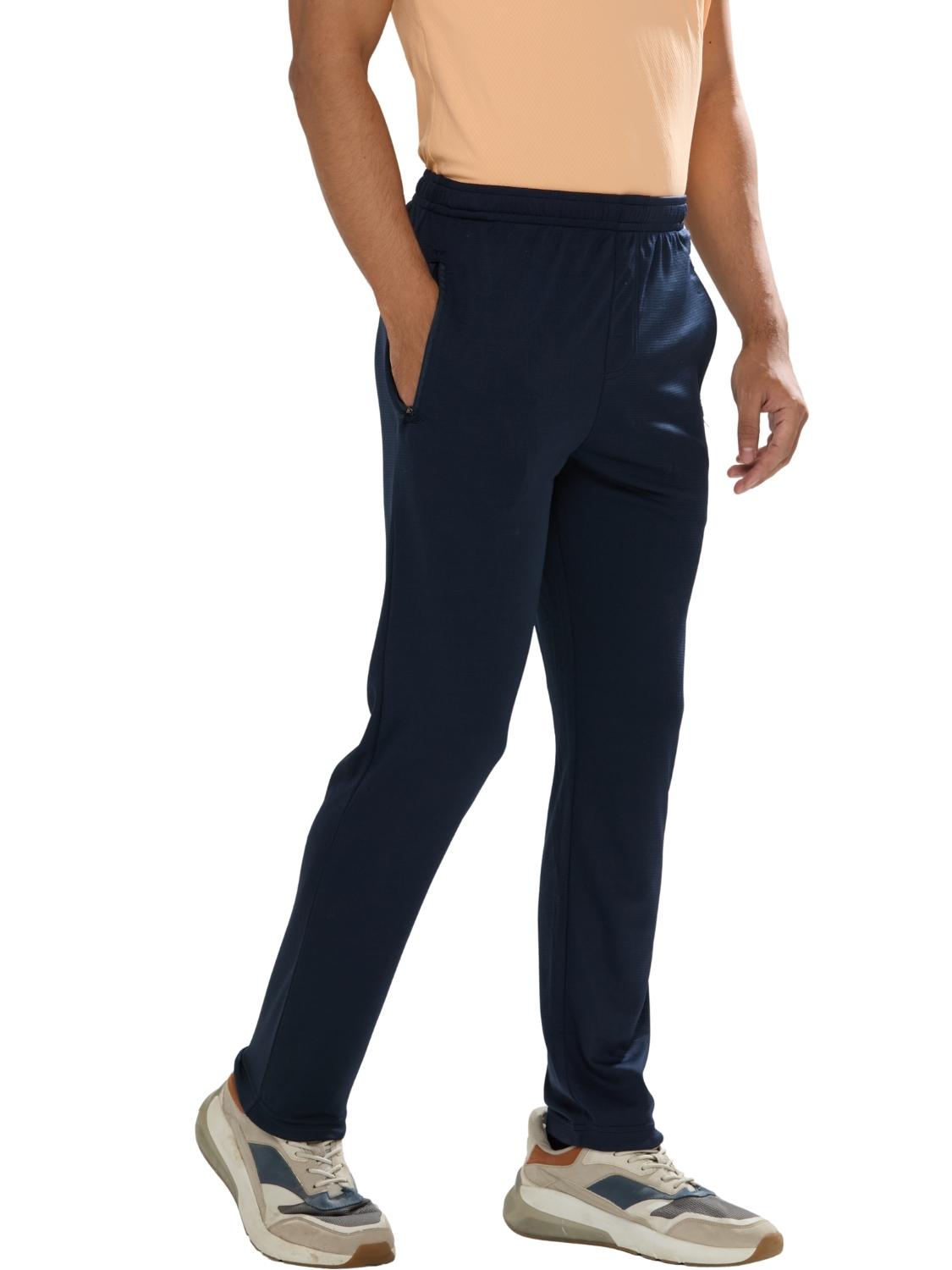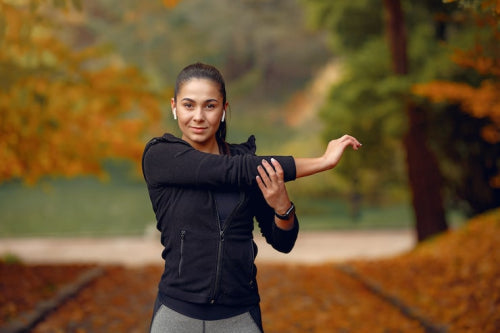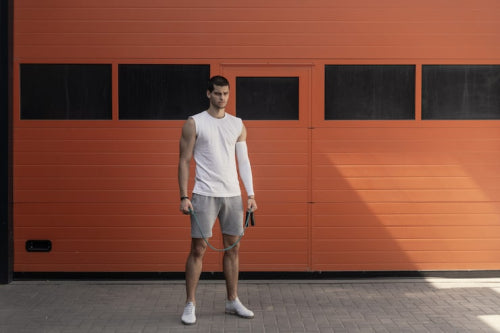Picture this: the sun rises over the bustling streets of Bangalore, where a dedicated runner laces up for another humid morning jog, dodging potholes and traffic. But one wrong step, one chafe from ill-fitting gear, and weeks of training could vanish. It's a story repeated in cities across India, from the foggy tracks of Delhi to the coastal paths of Mumbai. Yet, amid this surge in running enthusiasm, a quiet revolution in injury-prevention gear is helping athletes push boundaries without breaking down.
Tired of gear that slows you down? Chafing, soggy fabrics, and missing pockets kill your run's momentum. At Aguante, we're runners who get it. Our high-performance activewear features moisture-wicking fabrics, ergonomic designs, and smart storage to keep you focused. Shop Now!
Opening Context: Why Injury-Prevention Matters in Activewear
In the piece “Injury-Prevention Gear Helps Runners Train Longer, Safer, and Smarter”, we dive into how specialized apparel is transforming the game for Indian runners. With more people hitting the pavement in metros like Hyderabad and Pune, the risk of setbacks from shin splints or knee strain has never been higher. These aren't just minor annoyances they disrupt the rhythm of progress, turning ambitious marathon goals into frustrating pauses.
Take the broader picture. The global sports injury prevention equipment market, valued at around $8.5 billion in 2023, is set to climb to $14.2 billion by 2032, growing at a steady 5.5% CAGR from 2025 to 2033.
This boom stems from heightened awareness about sports safety and a spike in injuries worldwide. In the U.S. alone, over 3.2 million sports-related injuries landed in emergency rooms in 2022, underscoring the urgent need for better protection.
For Indian athletes, this translates to gear that tackles local challenges: sweltering heat, uneven terrain, and the relentless humidity that turns every run into a test of endurance.
Aguante steps in here with a philosophy rooted in local innovation fused with global quality. Their products aren't off-the-shelf imports; they're crafted for Indian bodies and roads, ensuring runners in Gurugram or Navi Mumbai can maintain consistency without the constant worry of breakdowns. It's about turning potential obstacles into seamless strides.
Emerging Trends in Injury-Prevention Gear
The landscape is evolving fast. Anti-chafing fabrics are no longer a luxury they're essential for those long sessions in Surat's sticky climate or Ahmedabad's dusty trails. These materials, often woven with advanced moisture-wicking tech, pull sweat away from the skin, reducing irritation that can sideline even the toughest athletes.
Then there's reflective detailing, a game-changer for evening runs in traffic-heavy spots like Mumbai or Delhi. As urban running explodes, this simple addition boosts visibility, cutting down on accident risks during low-light hours. Ergonomic designs take it further: secure pockets that hold keys or gels without bouncing, compression fits that support muscles, and inner linings that prevent rubs. It's all about minimizing those micro-injuries that add up over miles.
Globally, the shift toward smart apparel is intriguing. Innovations like sensors for real-time impact monitoring are gaining ground, with the market projected to hit $13.8 billion by 2034 at a 4.7% CAGR from 2025 onward.
In Asia Pacific, including India, growth is poised to be the fastest, fueled by rising sports participation and initiatives like the "Khelo India" scheme that promote grassroots athletics.
Helmets and headgearalone raked in $2.5 billion in 2024, while leg protection is expected to grow at 6.6% CAGR through 2030, driven by contact sports and regulations. For runners, this means apparel that integrates biomechanics, helping track form and flag potential issues before they flare up.
Sustainable materials are another hot trend, with brands using recycled fabrics to appeal to eco-conscious users. In India, where disposable incomes are rising over 10% annually in places like China and similarly in emerging markets, runners are investing in gear that's both high-tech and planet-friendly.
Real-World Examples & Case Studies
Look at the influencers shaping this space on Instagram. Coaches like those behind @barefoot_coach_shanth_koushik or @coach_amitkumar showcase how the right gear sustains intense training. One runner, drawing from these collaborations, shared how anti-chafing shorts from Aguante allowed marathon prep in Hyderabad's heat without the usual skin woes. It's practical proof: reflective elements kept them safe during dawn sessions, while breathable fabrics handled the sweat.
Another case from Pune highlights compression tights with supportive linings that eased knee strain during hill runs. These aren't abstract benefits; they're stories from real athletes who credit such designs for unbroken training streaks. On YouTube channels tied to fitness pros like @runholic_dev, videos break down how moisture-wicking tops and secure pockets let runners focus on pace, not distractions. Facebook groups in regions like Surat buzz with similar tales, where gear tailored for humid, unpredictable terrain turns potential dropouts into finishers.
The market backs this up. With non-professional users holding 62.4% share in 2024, recreational runners are driving demand for accessible, effective protection.
In India, where events like the IPL inspire broader sports engagement, gear that prevents repetitive stress like pads reducing joint impact keeps enthusiasts in the game longer.
Key Challenges, Limitations, or Risks
Of course, it's not all smooth strides. Price sensitivity hits hard in a market where high-tech fabrics command premiums, especially for newcomers in growing scenes like Ahmedabad. Many hesitate, wondering if the investment pays off against cheaper alternatives that skimp on quality.
Awareness gaps persist too. In smaller metros, runners might overlook how apparel choices link to injury risks, sticking with generic wear that fails in humidity or on rough paths. Educating across diverse regions from Gurugram's corporate joggers to Navi Mumbai's community groups remains a hurdle. Plus, with online shopping booming at a 4.9% CAGR, ensuring fit without trying gear adds another layer of doubt.Yet, these challenges highlight the need for brands to demystify the tech, showing how features like anti-chafing linings justify the cost.
Opportunities, Efficiencies, and Business Impacts
Here's where it gets exciting. Brands like Aguante bridge the gap with honest pricing on gear built for Indian realities think performance without the import markup. Bundling options, pairing shorts with tops for holistic protection, make it easier for retailers to pitch injury prevention as a complete strategy.
Social media amplifies this. Instagram reels from influencers like @fit_kaur23 demonstrate real-use scenarios, while Facebook ads target regional groups in Delhi or Mumbai. YouTube tutorials on platforms explain how reflective detailing enhances safety, drawing in viewers and converting them to buyers. With the market eyeing $13.58 billion by 2030 at 5.5% CAGR, opportunities abound for educational campaigns that tie gear to longer, safer training. In emerging economies, rising incomes open doors for premium yet accessible products, fostering loyalty in running communities.
Business-wise, this means efficiencies in supply chains, leveraging local manufacturing for quicker adaptations to Indian needs. Collaborations, like those with athletes for design input, drive innovation much like recent partnerships in the U.S. for smart helmets. For Aguante, it's about creating ecosystems where gear supports not just runs, but entire lifestyles.
Expert Insights & Future Outlook
As experts forecast, injury-prevention gear is shifting from optional to essential, especially as India's running culture swells. With Asia Pacific leading growth, driven by programs like Khelo India, the future looks robust.
Brands must prioritize research-driven tweaks, like fabrics for tropical climes, to stay ahead.
In the end, Aguante positions itself as the go-to for Indian runners, blending global standards with homegrown smarts. Whether you're pounding pavement in Bangalore or building mileage in Surat, the right gear doesn't just protect it empowers. And in a world where every step counts, that's the real win.
Frequently Asked Questions
What injury-prevention gear is essential for runners in India's humid climate?
Essential injury-prevention gear for Indian runners includes anti-chafing fabrics with advanced moisture-wicking technology, compression fits that support muscles, and breathable materials designed for high humidity conditions. Reflective detailing is also crucial for safety during early morning or evening runs in traffic-heavy urban areas like Mumbai and Delhi. These specialized materials help prevent common issues like skin irritation and muscle strain that can sideline training progress.
How does injury-prevention activewear help runners train longer and safer?
Injury-prevention activewear helps runners maintain training consistency by addressing micro-injuries before they become major setbacks. Features like ergonomic designs with secure pockets, anti-chafing inner linings, and compression support reduce the risk of shin splints, knee strain, and skin irritation that commonly disrupt marathon training. This specialized gear allows runners to focus on performance rather than discomfort, enabling longer training sessions without frequent breaks due to preventable injuries.
Is investing in premium injury-prevention running gear worth the cost?
Yes, investing in quality injury-prevention gear pays off through reduced injury risk and training continuity. While premium fabrics command higher prices, they prevent costly setbacks from injuries that can disrupt weeks or months of training progress. With the global sports injury prevention market growing at 5.5% CAGR and over 3.2 million sports-related injuries occurring annually, protective gear proves more cost-effective than dealing with injury recovery, medical expenses, and lost training time.
Disclaimer: The above helpful resources content contains personal opinions and experiences. The information provided is for general knowledge and does not constitute professional advice.
You may also be interested in: The Importance of Moisture-Wicking Fabric for Runners: Why It Matters
Tired of gear that slows you down? Chafing, soggy fabrics, and missing pockets kill your run's momentum. At Aguante, we're runners who get it. Our high-performance activewear features moisture-wicking fabrics, ergonomic designs, and smart storage to keep you focused. Shop Now!
Powered by flareAI.co





